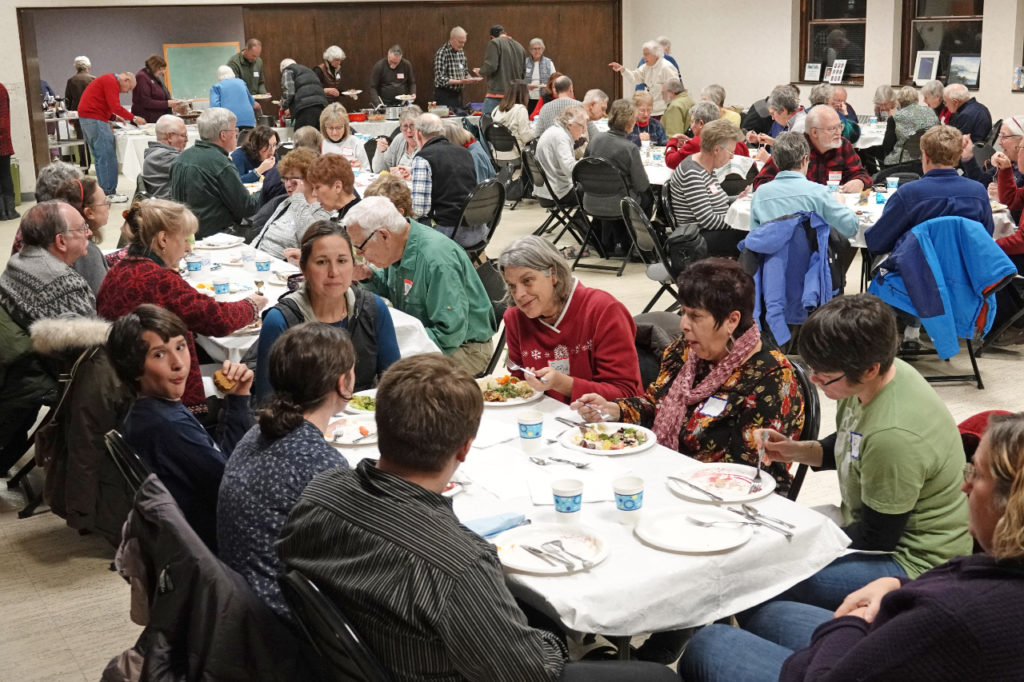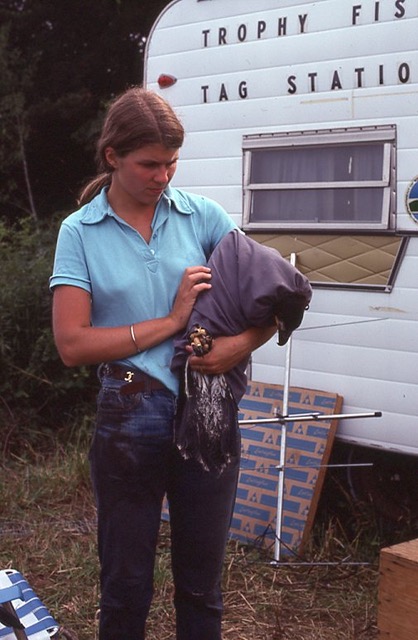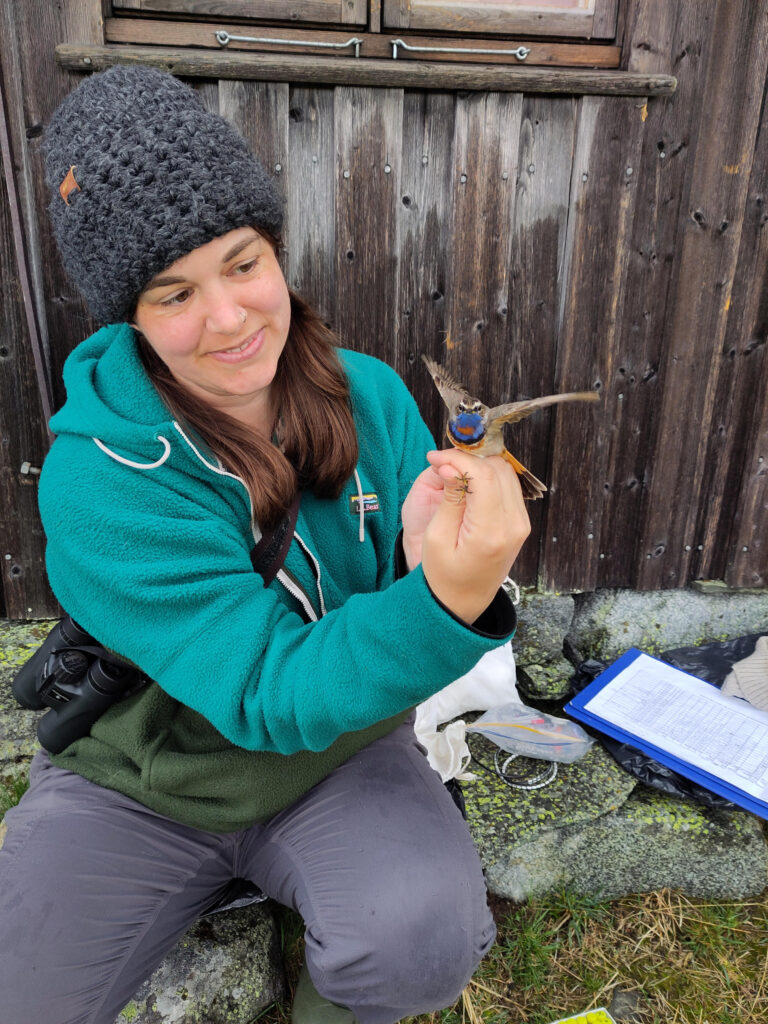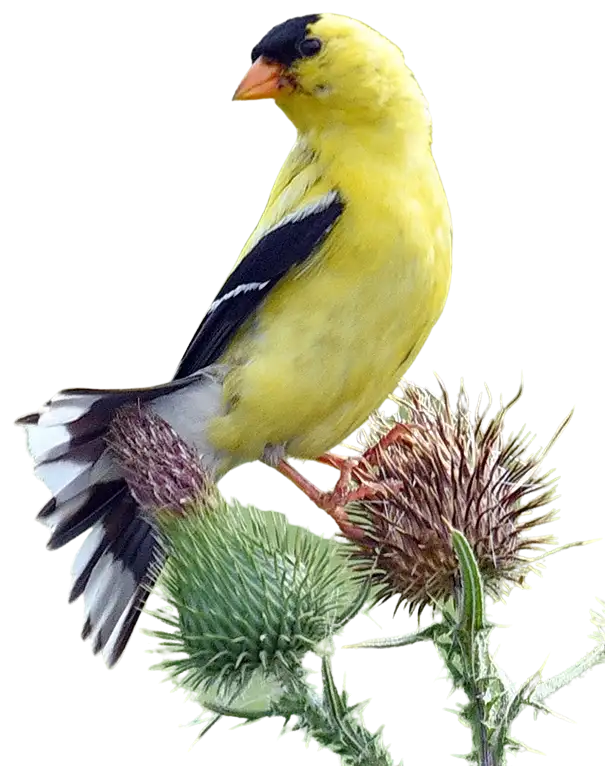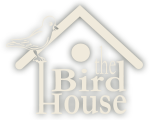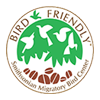Happy New Year everyone! We had hoped our January annual meeting and elections could be held in person, but out of an abundance of caution, considering the high rates of COVID-19 in our area, our meeting will be held via Zoom.
A silver lining to this, however, is we will have an encore presentation by Paul Bannick, who was so well attended last month that we quickly reached our Zoom capacity and many people could not get in to watch his presentation. This will not be a repeat of his December talk, but a new presentation, “The Owl and the Woodpecker.” It will be informative and again feature his amazing photos.
The meeting will take place on Thursday, January 13, 2022, at 7:00 PM. (Note: This is a change from the previously advertised date.) Please mark your calendars! Look for the Zoom link in your email a few days prior to the meeting. The Zoom Room will open at 6:45 PM. Don’t wait until the last minute to sign on, you might be left out!
It has been my pleasure to serve as Vice President and Chair of Programs for the past five years. I’ve enjoyed the research and discovery of so many people in the bird world who have presented to RBA! In January, I will hand over the reins to a new vice president. You will be in good hands going forward!
Jeanne Verhulst, Vice President and Chair of Programs
The Owl and the Woodpecker

A Lewis Woodpecker squeezes out of his nest cavity in an oak snag. Lewis Woodpeckers are weak cavity excavators, and thus are one of the few woodpeckers that will reuse a cavity in successive years. Lewis Woodpeckers are unique in that they spend the majority of their hunting energy catching insects on the wing.
Paul’s presentations on owls and woodpeckers take audiences on a visual and auditory exploration of habitats of North America through the owls and woodpeckers that most define and enrich these places. This photographic field report celebrates the ways the lives of these two iconic birds are intertwined with one another, and their role as keystone and indicator species for their environment. Audiences are immersed in the sights and sounds of forest, grassland, arctic, and desert, and in the entertaining and informative details of Paul’s narrative. The hidden life of these birds is obvious for those who know how to find it. Paul knows how to find it, and how to bring it to life for his audiences through photos, sound, and story.

A female Pygmy Owl pops up to fill the nest cavity entrance, where she calls for her mate to deliver food. Northern Pygmy Owls nest predominately in woodpecker-created cavities, especially those excavated by Hairy Woodpeckers.
Paul Bannick is an award-winning author and wildlife photographer specializing in the natural history of North America with a focus on birds and habitat. Coupling his love of the outdoors with his skill as a photographer, he creates images that foster the intimacy between viewer and subject, inspiring education and conservation.
Paul is both the author and photographer of two best-selling bird books, Owl: A Year in the Lives of North American Owls (Braided River 2016) and The Owl and The Woodpecker, Encounters with North America’s Most Iconic Birds (Mountaineers 2008).
Paul’s photography has won awards and his work can be found prominently in bird guides from Audubon, Peterson, The Smithsonian, Stokes, and The National Wildlife Federation to several volumes of the Handbook of the Birds of the World, the New York Times, and in many other books, magazines, parks, refuges, and other outlets in North America and Europe. He has appeared on NBC Nightly News, and on dozens of NPR stations and programs, including Travels with Rick Steves and BirdNote.
After graduating from the University of Washington, Paul worked successfully for 15 years in the computer software industry beginning as one of the original 75 employees of the Aldus Corporation (Pagemaker). He later served as a Director for Adobe Systems, and also worked as a senior manager at Microsoft. Wishing to combine his passion for wilderness conservation with his career, Paul turned his attention to non-profit work and currently serves as the Director of Major Gifts for Conservation Northwest, an organization dedicated to protecting and connecting wild areas and recovering native species from the Pacific Coast to the Canadian Rockies.


